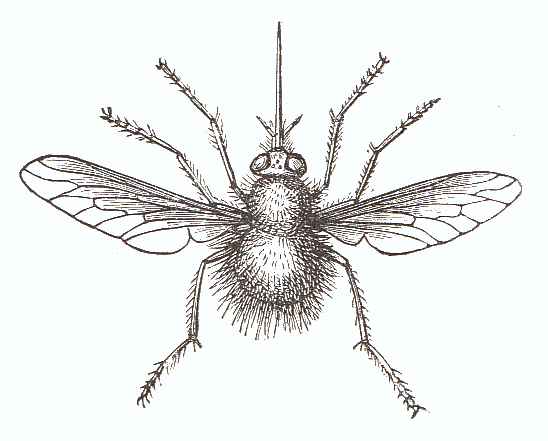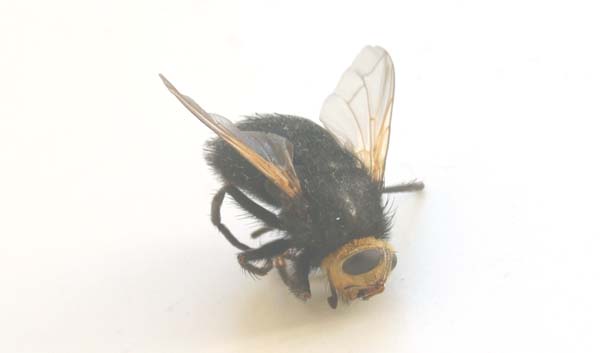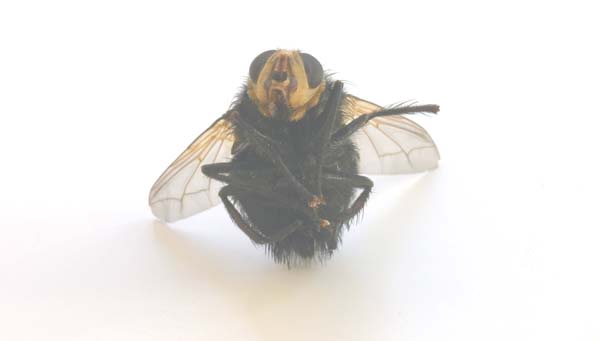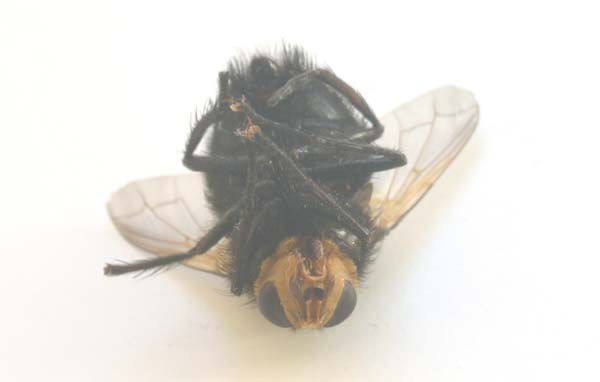Bombylius Major (Bee Fly)

I was at supper with a friend the other evening and was fascinated by this insect they found. Though they are common in Britain, I’ve never seen one before – or if I have I didn’t recognise it as a Bee Fly. They are so called because of their furry appearance, and presumably for their coloring too.

Of the four species that live in Britain this is the Bombylius Major – I’m usually rather dismissive of flies, but think this one looks rather sweet with its huge eyes, nearly meeting, its yellowy face, long legs and hairy, fluffy body.

This one is about half an inch in length. They have a long proboscis which they use to suck up nectar from flowers, and are generally found in gardens and woods, therefore making good pollinators. Their strong wings make a high pitched whine as they move around finding sunny spots, and food.
Of the other species in this family, most are exotic and occur in all parts of the world. An extraordinary development in the fly, of the one that comes from South Africa, is the evolution of its proboscis which has become some three inches in length, for the purpose of getting into the long-tubed flowers of the gladioli. As it sweeps the plants, and reaches into the recesses of the flowers it hovers motionless in the air, like a tiny Humming Bird.

In fact this hovering ability also forms part of their courtship rituals – males hover at height and exhibit territorial behaviour which includes darting at rival males and spinning at females.
I’m assuming that they are still about because of the very mild start to Autumn – these flies need to be warm and cannot fly in temperatures below 17 c degrees.
I’m no naturalist, but do love to identify and learn about the insects and wildlife I see and find, and am amazed and enthralled by all the other little life-cyles going on around me.
